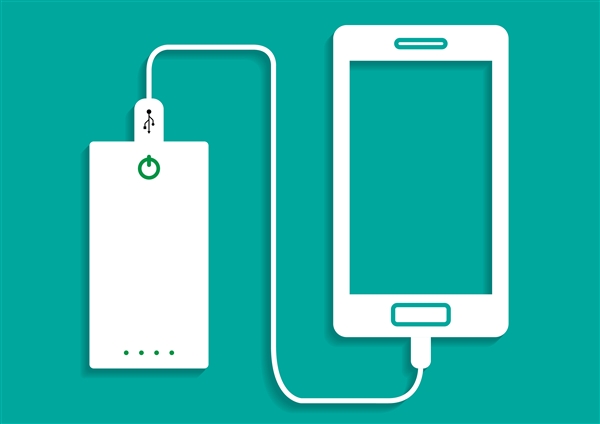-
Why Does Iq Matter for USB Type-C?
Why Does Iq Matter for USB Type-C?
Manson Chan
USB Type-C is a hot topic following the release of new laptop computers, smartphones and tablets that have one Type-C port for both charging and connecting peripherals.

This change is driving an increase in demand for Type-C AC/DC chargers and power banks because the Type-C connector has flip capability which gives convenience to users. More importantly, Type-C chargers and power banks are universally applicable for multiple laptop PCs, smartphones, tablets and more.
Ironically, the configuration of these chargers and power banks is not that different from their Type-A predecessors. One key thing some charger designers may overlook, however, is the additional power required for Type-C connections because of the additional Type-C circuitry. It is not just the D+/D- connection from the USB 2.0 era.
Type-C requires configuration channel (CC) pin detection for plug orientation and establishing roles of connected ports, and additional power delivery (PD) communications when higher output voltages are needed. These additional functions require more complicated integrated circuits (ICs) and naturally consume more current. Today, many Type-C solutions on the market are based on a microcontroller (MCU) core and consume high quiescent (IQ) current, usually in the milli-ampere range.
But extra current consumption can have an adverse effect on standby power consumption, and the latest Code of Conduct (CoC) V5 Tier-2 requirements for AC/DC adapters specify less than 75mW standby power – a tough goal to meet. Plus, if a power bank contains Type-C control circuitry, the extra current may deplete the battery even without actual use.
Advanced downstream-facing port (DFP) controller designs put low IQ as a key design goal. This type of design optimizes current consumption down to the micro-ampere range. For example, the TPS25810 Type-C DFP controller draws less than 0.7µA (typical) when no device is attached. This helps AC/DC adapters comply with the required efficiency standards, and warrants long hold-up time for charged power banks.
With the low IQ design of advanced Type-C controllers, AC/DC charger designers can meet standby power requirements without having the extra burden of an additional control circuit. Power banks using low IQ controllers can extend their charge hold-up time effectively, creating a better user experience.
Additional Resources:
- Check out TI’s solutions for Type-C.
- Read the blog post, “What is USB Type-C and why won’t it leave me alone?”
IMPORTANT NOTICE AND DISCLAIMER
TI PROVIDES TECHNICAL AND RELIABILITY DATA (INCLUDING DATASHEETS), DESIGN RESOURCES (INCLUDING REFERENCE DESIGNS), APPLICATION OR OTHER DESIGN ADVICE, WEB TOOLS, SAFETY INFORMATION, AND OTHER RESOURCES “AS IS” AND WITH ALL FAULTS, AND DISCLAIMS ALL WARRANTIES, EXPRESS AND IMPLIED, INCLUDING WITHOUT LIMITATION ANY IMPLIED WARRANTIES OF MERCHANTABILITY, FITNESS FOR A PARTICULAR PURPOSE OR NON-INFRINGEMENT OF THIRD PARTY INTELLECTUAL PROPERTY RIGHTS.
These resources are intended for skilled developers designing with TI products. You are solely responsible for (1) selecting the appropriate TI products for your application, (2) designing, validating and testing your application, and (3) ensuring your application meets applicable standards, and any other safety, security, or other requirements. These resources are subject to change without notice. TI grants you permission to use these resources only for development of an application that uses the TI products described in the resource. Other reproduction and display of these resources is prohibited. No license is granted to any other TI intellectual property right or to any third party intellectual property right. TI disclaims responsibility for, and you will fully indemnify TI and its representatives against, any claims, damages, costs, losses, and liabilities arising out of your use of these resources.
TI’s products are provided subject to TI’s Terms of Sale (www.ti.com/legal/termsofsale.html) or other applicable terms available either on ti.com or provided in conjunction with such TI products. TI’s provision of these resources does not expand or otherwise alter TI’s applicable warranties or warranty disclaimers for TI products.
Mailing Address: Texas Instruments, Post Office Box 655303, Dallas, Texas 75265
Copyright © 2023, Texas Instruments Incorporated